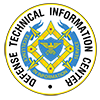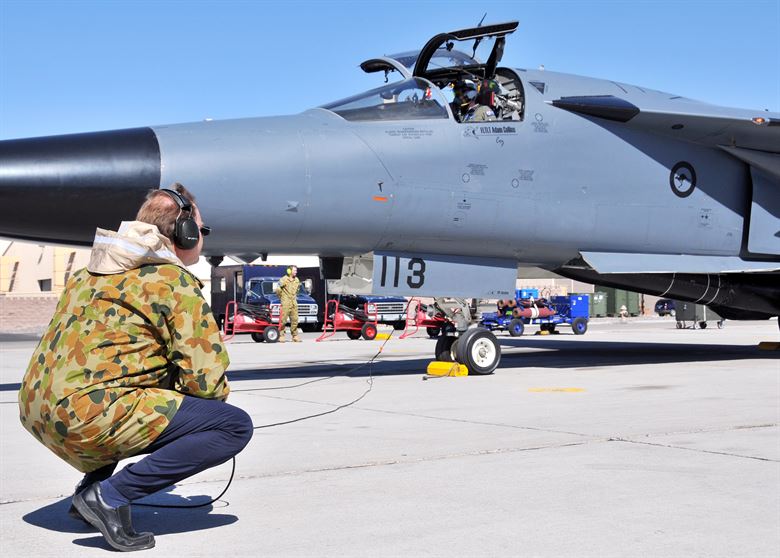Use of Graphene for Stealth in Unmanned Aircraft Systems (UAS)
The Defense Systems Information Analysis Center (DSIAC) was asked to conduct an analysis of the use of graphene for stealth in unmanned aerial vehicles (UAVs). DSIAC staff searched a variety of databases, including open-source…






